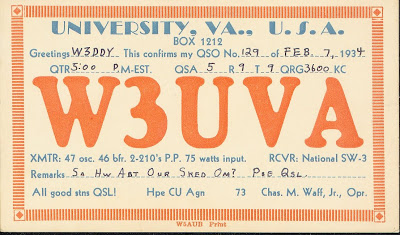 There is a big and very unusual storm on Saturn right now. You can see it in the image above. It was taken by amateur astronomer Jim Phillips using an eight inch telescope. I've been out before dawn for the last two mornings trying to see the storm with my 6 inch Dobsonian reflector telescope. I get very nice views of Saturn and Titan, but I can't quite make out the storm. Conditions have not been great, and I'm not sure the storm was in view when I was looking.
There is a big and very unusual storm on Saturn right now. You can see it in the image above. It was taken by amateur astronomer Jim Phillips using an eight inch telescope. I've been out before dawn for the last two mornings trying to see the storm with my 6 inch Dobsonian reflector telescope. I get very nice views of Saturn and Titan, but I can't quite make out the storm. Conditions have not been great, and I'm not sure the storm was in view when I was looking.The folks at spaceweather.com note that it is generating some static:
Instruments on NASA's Cassini spacecraft are picking up strong bursts of radio static. Apparently, lightning is being generated in multiple cells across the storm front.
Space weather indeed!































